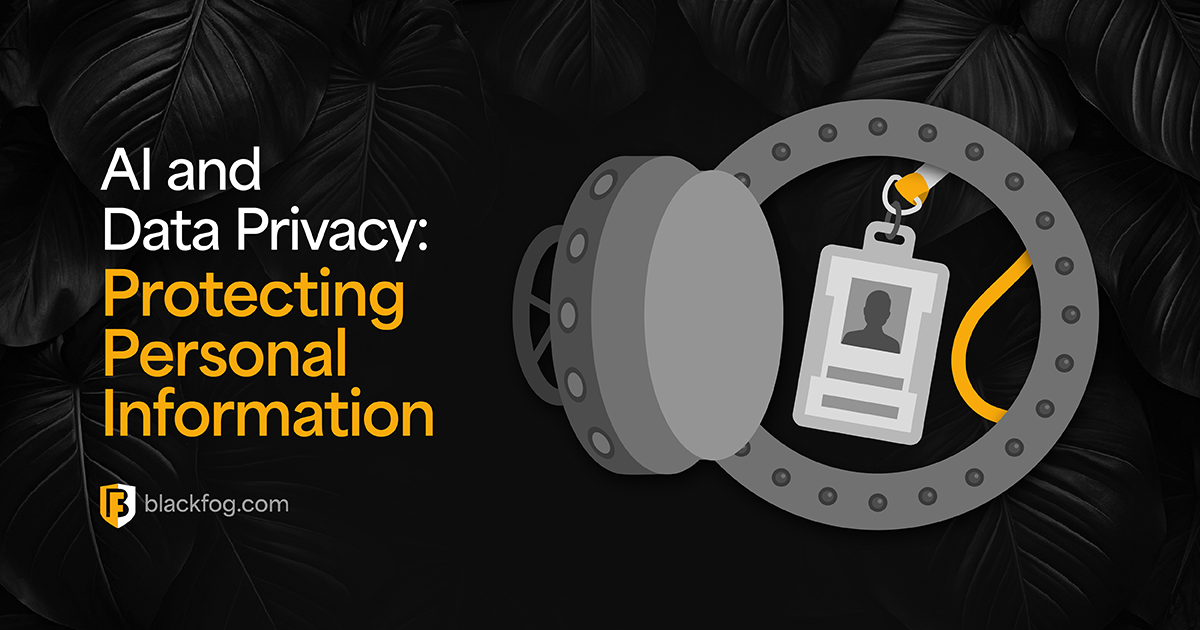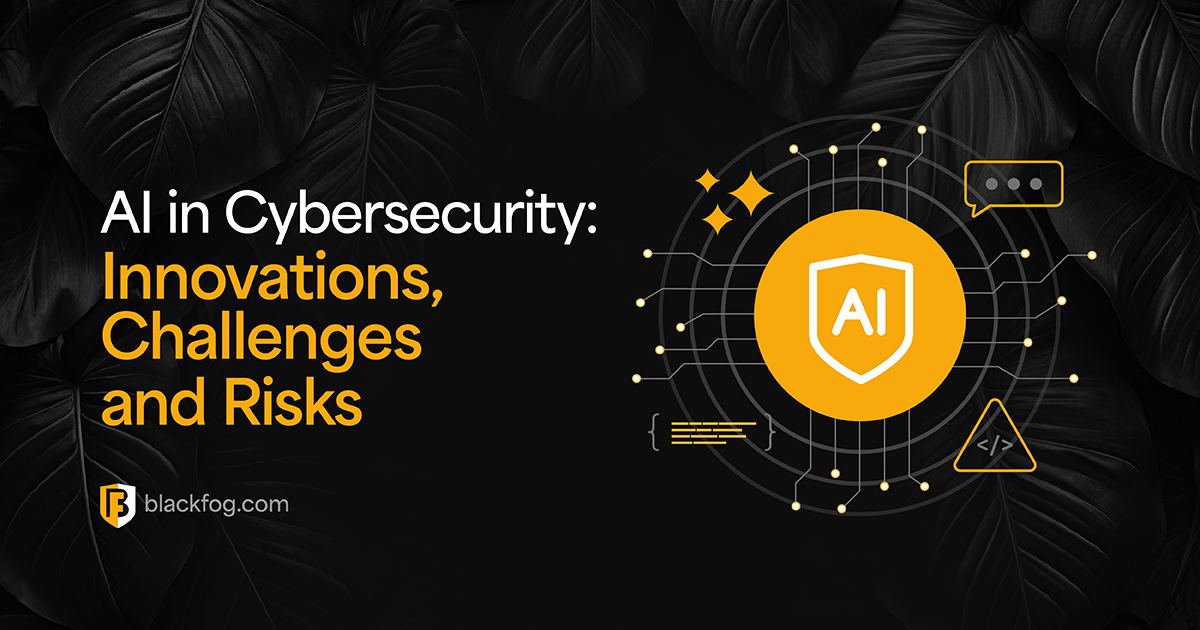
The Challenge
One of the biggest challenges CYANIT faces is ensuring they have the right combination of hardware and software tools to make IT secure and stay at the forefront of the industry.
With new solutions always coming onto the market they need to redefine their solutions package about every six months. “Everything is moving to the cloud and not coming back”, said Jakob Arndt, CEE (Chief Executive of Everything) at CYANIT. “This is extremely challenging for security as data is more distributed now, our job is to connect all of the data points and secure them. In the past we would just back up one server and know we were secure, today its complicated and getting more so by the day, making our jobs more critical to our clients.”
One of the biggest challenges CYANIT’S customer base faces is the increase in remote working. With today’s workforce becoming increasingly mobile, working from home, in airports, coffee shops and hotels, it is more difficult for companies to have a realistic view of what is happening on each device. “We knew we needed a solution that would allow us lock and block regardless of location, something that would add that extra layer of security for our customers,” said Jakob.
The Solution
CYANIT learned about BlackFog from an IT distributor in Denmark in 2017 and was very interested in the technology. The increase in malicious threats, hacking, fake news and focus on GDPR meant that their customers were much more focussed on cybersecurity and data protection and they wanted to ensure they had the best solution available to protect them. For the end customer the biggest threat is undoubtedly the hidden threat – the ‘drive-by’ or phishing email that seems innocent until a user clicks on it. Other issues like viruses and spam email were covered by other solutions, but until BlackFog was introduced to CYANIT preventing these malicious attacks was very much still an issue.
The Approach
BlackFog worked closely with CYANIT for a period of around four months during the evaluation process before deciding that they would include BlackFog as part of their managed solution. “Technically the solution was quite brilliant” commented Jakob, “we worked closely with the team refining the solution and knew we wanted to work with them, they were agile, and we had open communication through the entire process. We never say we purchase BlackFog, but rather that we work with them.” At the end of the evaluation process CYANIT decided to bundle BlackFog into their solution suite and roll it out to every client. As a trusted advisor to their end customers, knowing that their systems were secure was vital to their business.
The Results
BlackFog is now an integral part of the IT solution CYANIT provides to all its clients. “With BlackFog installed our clients can focus on running their businesses without worrying about their IT security and we are secure knowing that everything is ok if they do happen to click on a bad link,” commented Jakob. “We have found BlackFog to be the missing cog in the security wheel as it’s the only solution that is blocking the outbound traffic. We are still rolling the solution out to entire customer base and we already blocking around 3000 threats each month!”
Related Posts
AI and Ransomware Prevention: How Smart Tech can Outsmart Cybercriminals
What opportunities do AI ransomware protection tools offer to cybersecurity pros?
AI and Data Privacy: Protecting Personal Information
Find out what the biggest challenges related to AI and data privacy are today and what you can do to address them.
How to Prevent Ransomware Attacks: Key Practices to Know About
Are you aware of the differences between data privacy vs data security that may impact how you develop a comprehensive protection strategy
AI in Cybersecurity: Innovations, Challenges and Future Risks
AI will be the next evolution for cybersecurity solutions: What innovations and issues could this present to businesses?
AI-Powered Malware Detection: BlackFog’s Advanced Solutions
Find out everything you need to know about the importance of stopping data theft and the potential consequences of failure.
Texas Tech Cyberattack: 1.4M Records Compromised
The Texas Tech security breach exposed sensitive data of 1.4 million patients. Learn how attackers gained access, the impact on victims, and key lessons for cybersecurity best practices to prevent future educational institutions data breaches.






